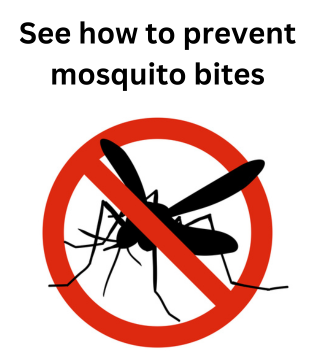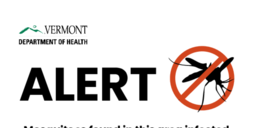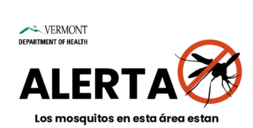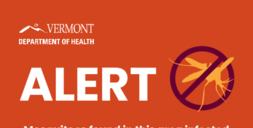Eastern equine encephalitis (EEE, or "Triple E") is a rare but serious disease caused by a virus that spreads through the bite of an infected mosquito. Only a few human cases are reported in the United States each year. The disease also commonly affects horses, but it has been reported in other animals like alpacas, donkeys, pheasants, and emus.
There are no human vaccines to prevent or medicines to treat EEE. The best way to reduce your risk of infection with EEE virus is by preventing mosquito bites: limit time outdoors at dawn and dusk, use insect repellent, wear long-sleeved shirts and pants, treat clothing and gear with permethrin, and control mosquitos indoors and outdoors.
EEE Virus in Vermont
EEE was first detected in Vermont in 2011. From July through mid-October, mosquitoes are collected from sites around the state and tested for EEE at the Health Department Laboratory.
During the 2024 mosquito surveillance season, 86 groups of mosquitoes tested positive for EEE virus across 16 towns, compared with 14 groups across three towns that tested positive in 2023. In 2024, there were two human cases of EEE reported in Chittenden County - the first human cases in Vermont since 2012.
EEE virus activity in Vermont clusters near acidic, hardwood swamps, most commonly in Franklin, Grand Isle, Addison, and northern Rutland counties. However, EEE virus could be circulating in other parts of the state, so all Vermonters should take precautions to prevent mosquito bites.
EEE has been reported in several animals in Vermont. In 2023, an unvaccinated Vermont horse died from the EEE virus. In 2024, two EEE cases in horses were reported from Addison and Orleans counties.




